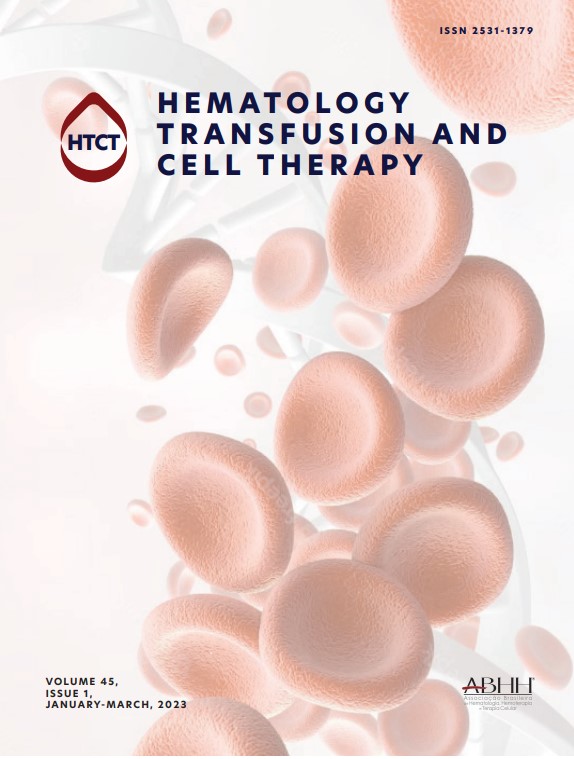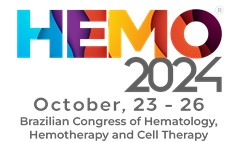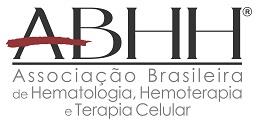Philadelphia-negative myeloproliferative neoplasms (MPN) including Polycythemia Vera (PV), Essential Thrombocythemia (ET) and Primary Myelofibrosis (PMF) derive from stem cell mutations that result in increased production of terminally differentiated blood cells. They are associated with increased thrombotic risk due to cellular interactions and inflammation leading to coagulation activation and endothelial disfunction. Thromboembolic events are major causes of morbidity and mortality, occurring in 5-40% of patients. Indeed, thrombosis is more frequent than transformation to fibrosis or acute leukemia in PV and ET whereas PMF is approached as a pre-leukemic disease. Cerebrovascular disease (CVD) is the second leading cause of death worldwide and may be even more prevalent in patients with an additional thrombotic tendency like MPN. CVD prevalence has been reported as 5-10% in MPN patients suffering from arterial events. We aimed to characterize the epidemiological picture of ischemic stroke (IS) in a Brazilian subpopulation with MPN. A retrospective study was conducted by reviewing medical records of patients with classical MPN at the University Hospital of Ribeirao Preto Medical School. Data from 190 patients (67 PV, 70 ET, 53 PMF) were assessed. A total of 57 (30%) patients experienced thrombosis. The prevalence of arterial thrombosis was higher than venous thrombosis in all MPNs (23.2% arterial versus 7.9% venous). Ischemic stroke (IS) represented 40.3% of all events and 52.3% of the arterial events. In PV, ET and PMF, IS was observed in 8 (11.9%), 8 (11.4%), and 7 (13.2%), respectively. The median age of patients with IS among all MPNs was 63 years (range of 40-89), and 64, 68, and 70 years for PV, ET and PMF, respectively. IS was seen in 7.7% of women and 19.2% of men included in the study. Regarding the mutational status of patients suffering from IS, 16 (69.6%) harbored JAK2V617F and 2 (8.7%) CALR mutation. Cardiovascular risk factors such as hypertension, diabetes, smoking, dyslipidemia and obesity, were present in 151 (79.5%) of the cohort and in 19 (82.6%) of patients who had IS. Among PV patients with IS, 7 (87.5%) and 1 (12.5%) were low and high-risk stratified according to age and prior thrombosis, respectively. In ET, IS was observed only in high-risk patients, and the prevalence of JAK2 and CALR mutation was 4, 50% and 1, 12.5%, respectively. IS occurred in 4, 12.9% of JAK2-mutated and in 1, 7.1% of CALR-mutated PMF patients. Most PMF patients presenting IS were stratified as low-intermediate-1 DIPSS-plus in comparison to intermediate-2/high DIPSS-plus (4, 57.1% versus 3, 42.8%), thus suggesting that thrombosis is even more frequent in the earlier phases of the disease. Finally, the overall mortality during the follow-up time was 18, 9.4% (9.0%, 7.1%, and 13.2% for PV, ET and PMF, respectively). The study presents a descriptive analysis of the clinical and mutational profile of MPN patients presenting cerebrovascular disease. This is an important contibution to the understanding of unmet medical needs in this area, including the awareness of this complication to both Hematology and Neurology professionals. Further prospective studies that refine stroke prediction are encouraged in order to improve the quality of care for MPN.
The Impact Factor measures the average number of citations received in a particular year by papers published in the journal during the two preceding years.
© Clarivate Analytics, Journal Citation Reports 2022
CiteScore Percentile indicates the relative standing of a serial title in its subject field.
See moreSRJ is a prestige metric based on the idea that not all citations are the same. SJR uses a similar algorithm as the Google page rank; it provides a quantitative and qualitative measure of the journal's impact.
See more





